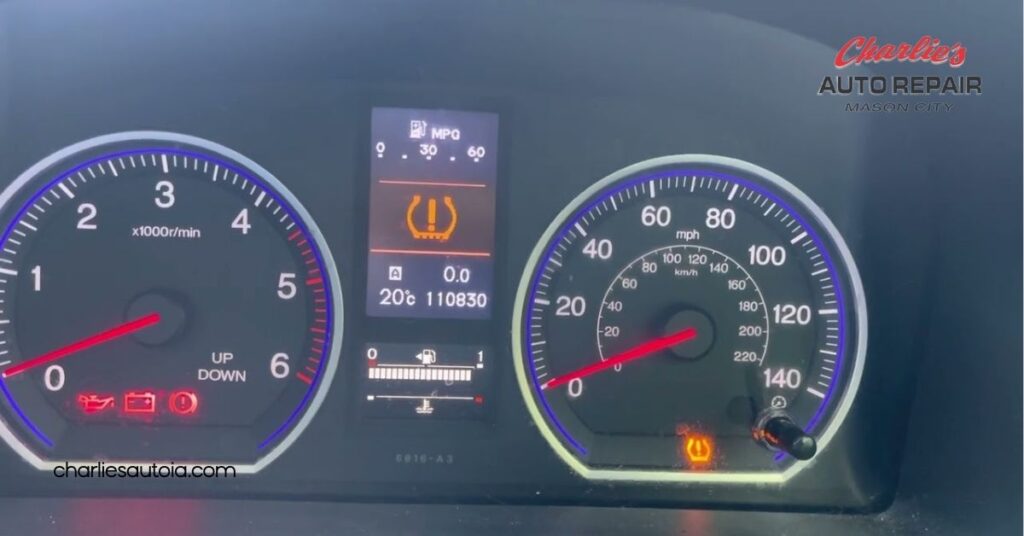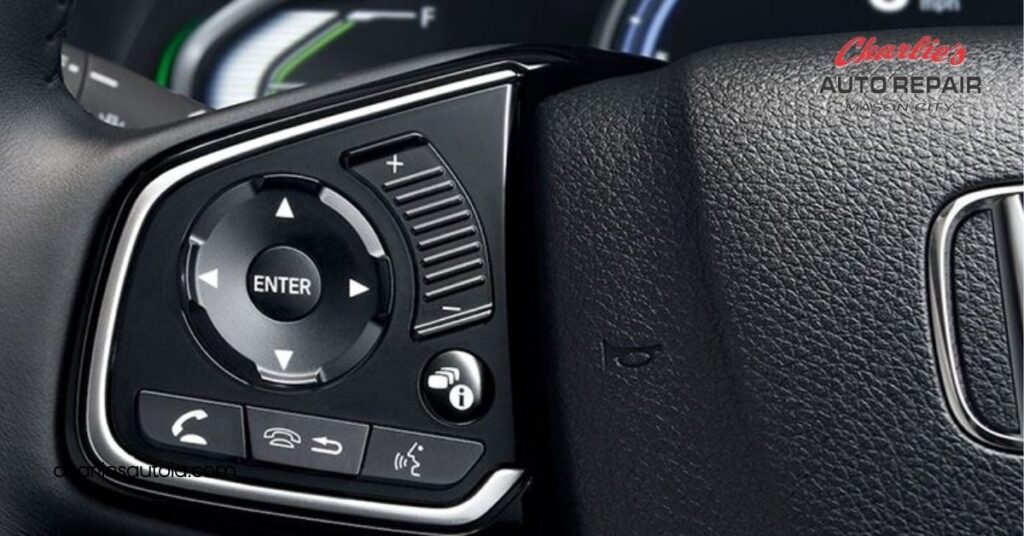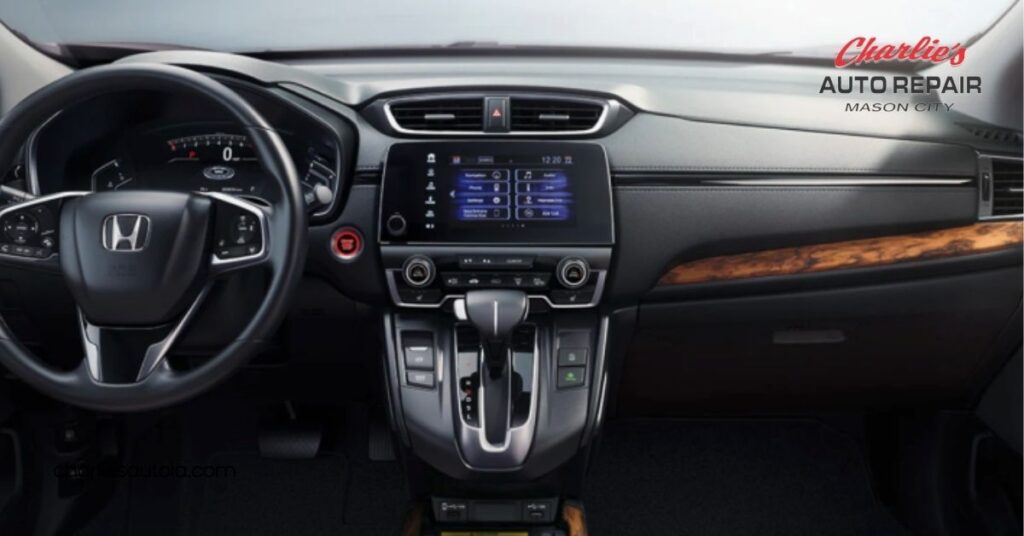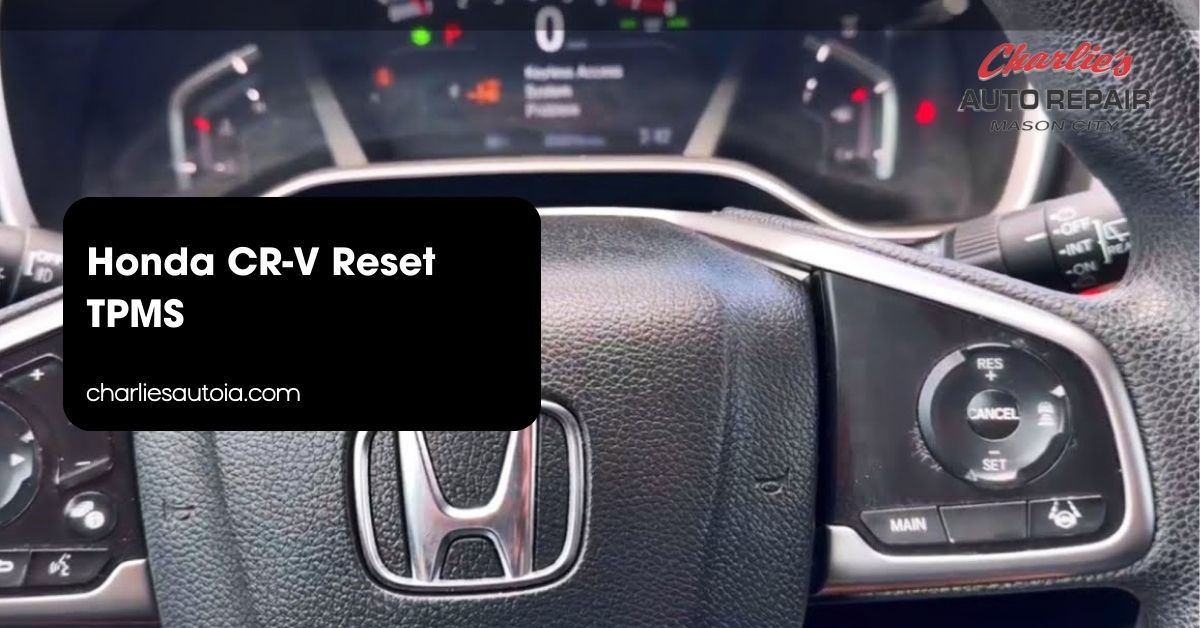If you’re driving a Honda CR-V, you know the importance of keeping your tire pressure monitoring system (TPMS) in check. A correctly functioning TPMS not only enhances your vehicle’s performance but also ensures your safety on the road. But what happens when that pesky warning light pops up, signaling you to reset the system? Don’t worry; you’re not alone in this.
Resetting the TPMS in your Honda CR-V is easier than you might think. With just a few simple steps, you can get back on track and enjoy peace of mind knowing your tires are in optimal condition. Whether you’ve recently changed your tires or adjusted the pressure, mastering this reset process can save you time and hassle. Let’s jump into how you can quickly and effectively reset your TPMS, keeping your CR-V running smoothly.
Overview of TPMS

Your Honda CR-V’s tire pressure monitoring system (TPMS) plays a crucial role in ensuring safe vehicle operation. It detects tire pressure levels and alerts you when they fall below or exceed recommended values.
What is TPMS?
TPMS is a system designed to monitor your tires’ air pressure. It utilizes sensors within each tire to collect real-time pressure data. This data helps maintain optimal performance, enhances fuel efficiency, and contributes to overall safety. When tire pressure changes significantly, the system activates a warning light on your dashboard to alert you.
Importance of Resetting TPMS
Resetting TPMS after tire alterations is vital. New tires or changes in pressure can cause the system to misread data, leading to inaccurate readings. A reset ensures the system recalibrates to your vehicle’s current settings. Ignoring this step might result in continued warning lights, which can distract you from potential tire issues. Regular resetting after maintenance promotes accurate monitoring and strengthens your vehicle’s safety.
Honda CR-V TPMS System

The TPMS in your Honda CR-V plays a crucial role in maintaining safe driving conditions. This system uses sensors to monitor the pressure in each tire and alerts you when it detects important underinflation.
Features of Honda CR-V TPMS
The TPMS offers various essential features to enhance your driving experience. It provides real-time tire pressure information, which keeps you informed about tire health. Alerts activate when pressure drops below recommended levels, helping you address issues before they lead to a flat tire. Calibration options enable you to reset the system after tire changes or pressure adjustments, ensuring accurate readings. Also, the system’s integration with the vehicle’s onboard computer provides seamless functionality, allowing for quick diagnostics and maintenance reminders.
Common Issues with TPMS in Honda CR-V
You might encounter several common issues with the TPMS in your Honda CR-V. A frequent problem involves the TPMS warning light remaining on even after correcting tire pressure. This can cause unnecessary concern, indicating a need to reset the system. Another issue arises when sensors fail or become damaged, leading to inaccurate pressure readings. Sometimes, changes in temperature can trigger false alerts due to rapid fluctuations in tire pressure. Understanding these challenges can help you maintain your TPMS and ensure proper vehicle performance.
Steps to Reset TPMS on Honda CR-V

Resetting the Tire Pressure Monitoring System (TPMS) in your Honda CR-V requires a few straightforward steps, varying slightly by model year and display type. Following these instructions ensures accurate tire pressure readings.
Tools Needed for Reset
No special tools are required for resetting your TPMS. Your vehicle’s ignition key or key fob suffices. Make sure you have access to the vehicle’s controls and a stable tire pressure reading before beginning.
Step-by-Step Guide
- For Newer Honda CR-V Models (with touchscreen display):
- Start the vehicle and navigate to the settings menu.
- From the Home screen, select Settings.
- Choose Vehicle.
- Select TPMS Calibration.
- Finally, select Calibrate to reset the system.
- For Newer Honda CR-V Models (without touchscreen display):
- Start your vehicle.
- Use the steering wheel buttons to access the Home screen.
- Select Settings and then choose Calibrate.
- For Older Honda CR-V Models (2007-2013):
- Begin by pressing the MENU button on the steering wheel.
- Navigate to Customize Settings.
- Select Initialize, then confirm by selecting Yes.
Each approach provides a simple method to reset your Honda CR-V’s TPMS, helping maintain accurate tire pressure monitoring.
Alternatives and Troubleshooting

Sometimes, resetting the TPMS doesn’t resolve the issue. In such cases, consider seeking professional help.
When to Seek Professional Help
If the TPMS warning light remains illuminated after resetting, it indicates a sensor issue. A professional can diagnose sensor malfunctions or problems with the system. Also, if you notice discrepancies in tire pressure readings even though proper inflation, consulting a mechanic makes sense. Persistent TPMS issues require specialized tools that only professionals typically possess.
Additional Tips for Maintaining TPMS
Maintaining your TPMS ensures it functions correctly. Regularly check tire pressure—ideally once a month—and keep it at the recommended levels. Monitor temperature changes too; important shifts can affect tire pressure. Inspect the sensors during tire changes or rotations to ensure they remain connected and functional. Also, maintain proper tire health by replacing worn tires promptly. Doing so improves the overall effectiveness of the TPMS.
Conclusion
Maintaining your Honda CR-V’s TPMS is essential for your safety and vehicle performance. By regularly resetting the system after tire changes or pressure adjustments, you ensure accurate monitoring and prevent unnecessary distractions from warning lights.
Remember to follow the simple steps outlined in the article for your exact model. If the TPMS warning light stays on after resetting, it might be time to consult a professional to check for sensor issues.
Taking these proactive measures will help you enjoy a smoother and safer driving experience in your CR-V. Keep your tires in check and drive with confidence.
Frequently Asked Questions
What is the purpose of the Tire Pressure Monitoring System (TPMS) in a Honda CR-V?
The TPMS in a Honda CR-V monitors tire pressure levels and alerts drivers when pressure falls below or exceeds recommended values. This system helps enhance vehicle safety and performance by ensuring all tires are properly inflated, preventing issues caused by underinflated or overinflated tires.
How do I know if my TPMS is working correctly?
A functioning TPMS should provide accurate tire pressure readings and only activate the warning light when necessary, such as when a tire is underinflated. If the warning light remains on after correcting the pressure, it may indicate an issue with the sensors or the system itself.
What should I do if the TPMS warning light stays on?
If the TPMS warning light stays on after checking and adjusting tire pressures, try resetting the system following your vehicle’s manual instructions. If the light remains illuminated, it may indicate a malfunctioning sensor, and professional assistance should be sought.
How can I reset the TPMS on my Honda CR-V?
To reset the TPMS, turn the ignition key to the “On” position (without starting the engine), then locate the TPMS reset button (if available) and hold it until the TPMS light blinks three times. For detailed steps, refer to the guide in your vehicle’s manual, as the process may vary among different models.
Why is it important to reset the TPMS after tire changes?
Resetting the TPMS after tire changes ensures that the system accurately monitors the new tires’ pressure. This is crucial for safe driving and optimal vehicle performance, as inaccuracies can lead to alerts and possible distractions while driving.
What common issues can affect TPMS accuracy?
Common issues affecting TPMS accuracy include sensor failures, low battery in the sensor, and changing temperature, which can cause false alerts. Additionally, the TPMS warning light may remain on if the system hasn’t been reset after tire adjustments.
How often should I check my tire pressure?
It’s recommended to check your tire pressure at least once a month and before long trips. Regular checks help ensure safety, improve fuel efficiency, and prevent unnecessary wear on tires.
What should I do if my TPMS sensors need replacement?
If you suspect your TPMS sensors are malfunctioning or need replacement, consult a qualified mechanic or tire professional. They can perform diagnostics and replace faulty sensors as necessary to ensure your TPMS functions correctly.

